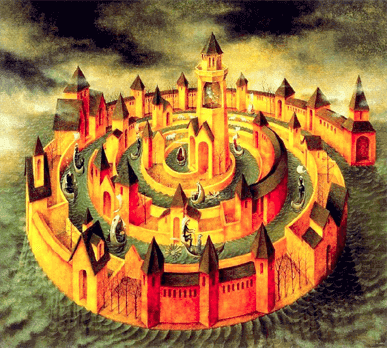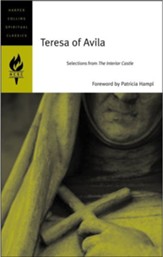

Teresa Sánchez de Cepeda y Ahumada was born in 1515 in Ávila, Spain. On 27 September 1970 Pope Paul VI proclaimed Teresa the first female Doctor of the Church in recognition of her centuries-long spiritual legacy to Catholicism.

The Interior Castle, written as a spiritual guide for her Carmelite sisters, uses the illustration of seven mansions within the castle of our soul to describe the different states our soul can be in during our life.įorty years after her death, in 1622, Teresa was canonized by Pope Gregory XV. In her autobiography, written as a defense of her ecstatic mystical experiences, she discerns four stages in the ascent of the soul to God: mental prayer and meditation the prayer of quiet absorption-in-God ecstatic consciousness. Her autobiography, The Life of Teresa of Jesus, and her books The Interior Castle, and The Way of Perfection, are prominent works on Christian mysticism and Christian meditation practice. A formal papal decree adopting the split from the old order was issued in 1580. The movement was later joined by the younger Spanish Carmelite friar and mystic John of the Cross, with whom she established the Discalced Carmelites. Teresa of Ávila, OCD (born Teresa Sánchez de Cepeda y Ahumada 28 March 1515 – 4 or 15 October 1582), also called Saint Teresa of Jesus, was a Spanish Carmelite nun and prominent Spanish mystic and religious reformer.Īctive during the Counter-Reformation, Teresa became the central figure of a movement of spiritual and monastic renewal, reforming the Carmelite Orders of both women and men.


 0 kommentar(er)
0 kommentar(er)
